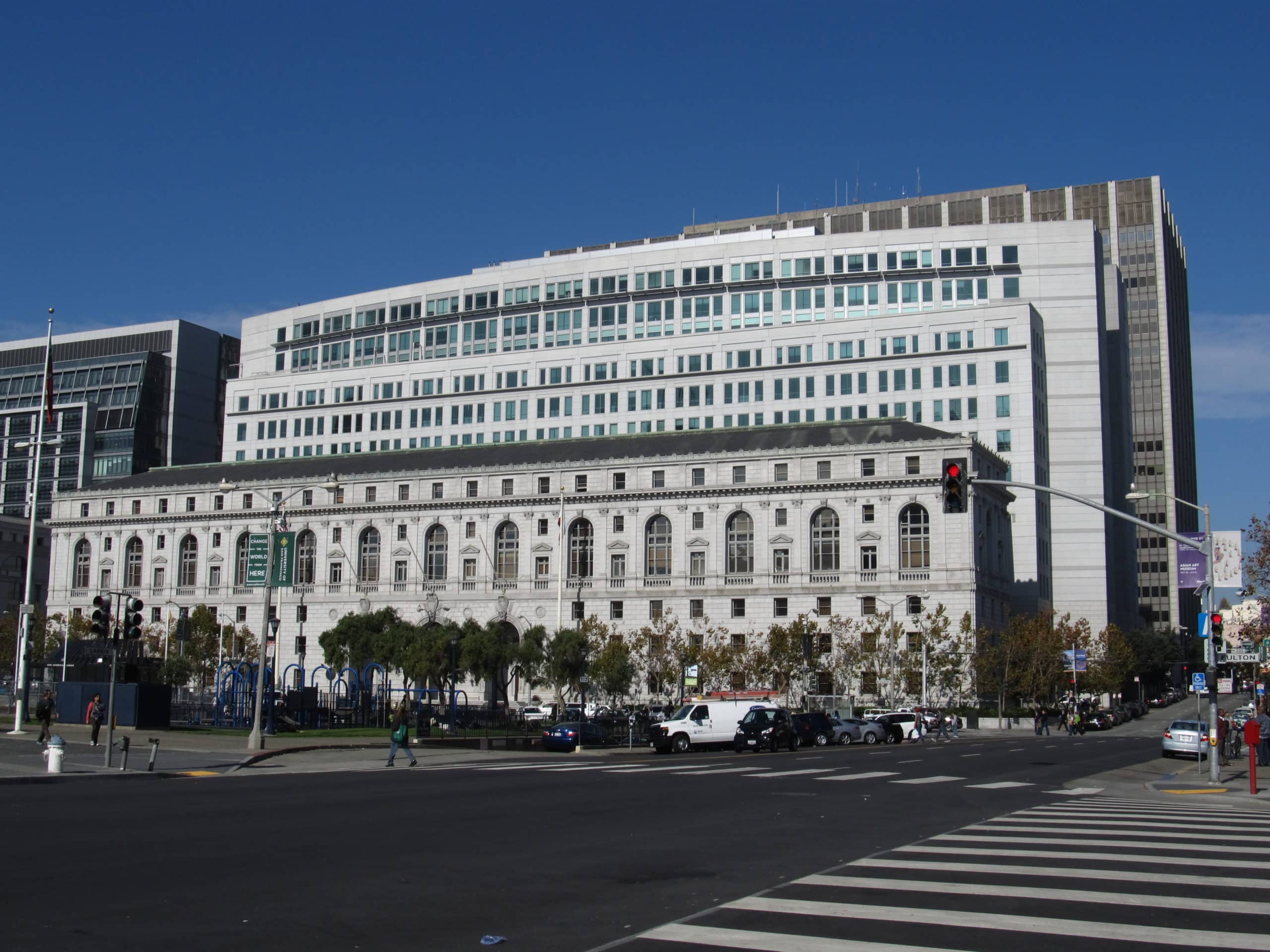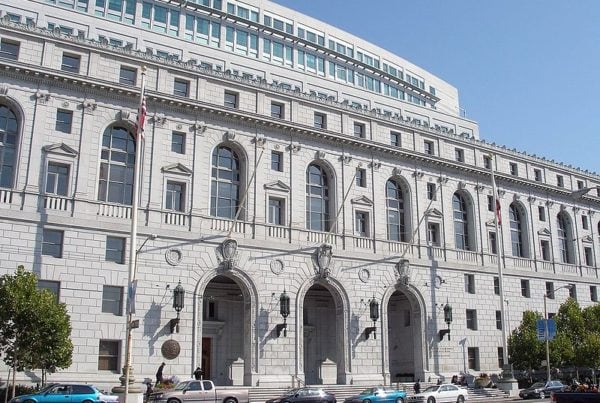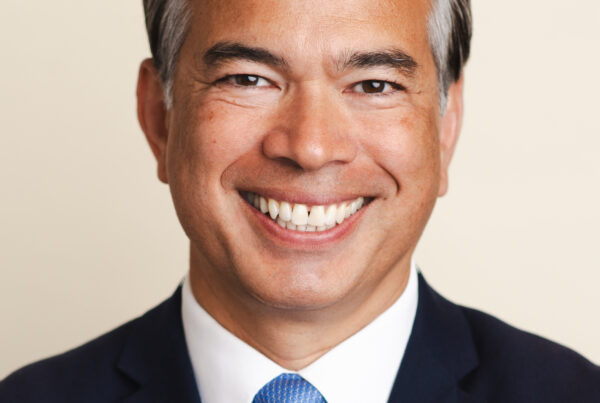The California Supreme Court issued new guidance to courts on when to admit deposition testimony from prior cases.
California’s hearsay rule states that evidence of a statement not made by a witness at a hearing is generally inadmissible.
One exception to the rule, Evidence Code Section 1291(a)(2), states that former testimony can be admitted if the same litigant is in both the old and new litigation, and if the litigant has the opportunity to cross-examine the witness.
The Supreme Court’s new ruling clarifies a different application for testimony offered in depositions, which were previously determined by the same rule as testimony during trials.
The decision emerged








